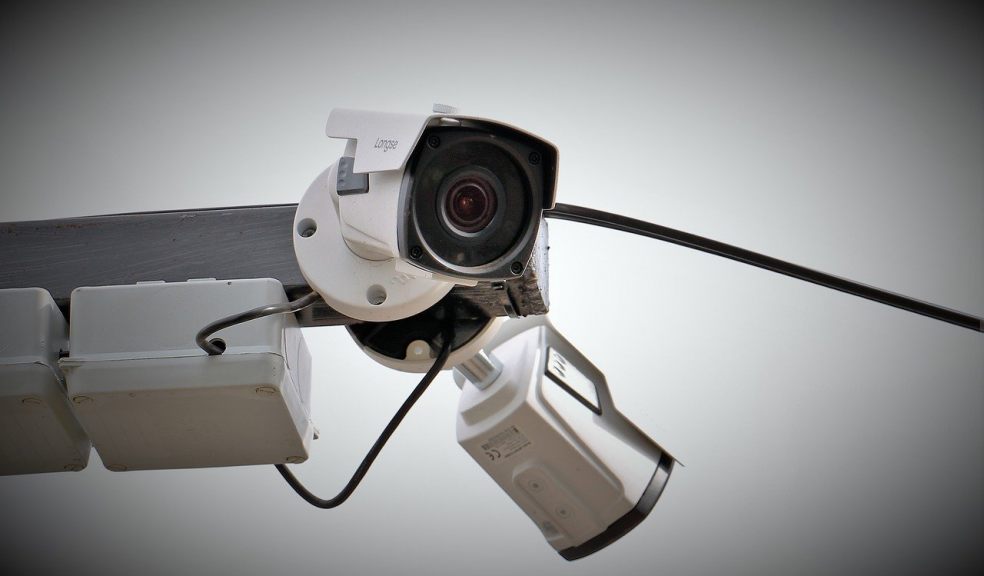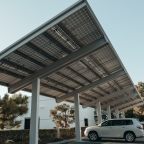
The best ways to keep large buildings secure
What stops people breaking into offices at night and stealing computers? How do self-storage facilities with few staff stop theft or unwanted occupation?
Large buildings are great targets for criminals when they are unoccupied or shut down for the night, but security measures have been successful in making break ins pretty scarce. In fact, burglary of all sorts has been on a steady decline across the United Kingdom, largely due to the effectiveness of security measures.
What exactly are the non-human security measures employed to protect large buildings? This article looks at some of the most widely used devices and systems in use today. Security measures are only foolproof if they are employed together as a system.
CCTV
Leon Theremin’s ‘distance vision’ invention is considered the first CCTV system ever produced. The inventor and spy, famous for creating the first electronic instrument, displayed his proto CCTV to the Soviet government all the way back in 1926.
The use of CCTV as we know it today really kicked off after the second world war. These days it is a crucial component of any commercial security system. CCTV allows for the real-time monitoring of a premises from a remote location. This has allowed external security contractors to offer 24-hour monitoring solutions to business and building owners.
Access Control
Controlling who gets into your building is pretty much the name of the game when planning security. Access control panels are centralized hubs that communicate with a building’s locks, doors and credential readers. If you have ever gained entry to an office using a card or pin code, the reader will communicate with the access control panel, which will then open the door for you. It is a clever way of ensuring that you know exactly who is inside a building.
Motion Sensors
There are times when nobody should be inside a building. When everybody has left work, when there are no staff on duty or when the building is out of bounds, any person inside could be considered an intruder. In these situations, motion sensors are often employed. Any movement inside the building is detected and reported to security monitors.
Intruder Alarms
Intruder alarms are a key component of any security system. They vary hugely and can be triggered by movement, sound, light or door movements. Depending on the application, an alarm can either sound a disorientating and loud siren within the premises, or silently transmit news of the intrusion to a security monitor.
Some alarms produce noise deliberately designed to be sickening and disorientating. Known as ‘sound barriers’, the sound produced by these systems transmits at a frequency that is so dissonant that its inventors claim intruders find it unbearable to be inside a building. Of course, this kind of alarm can be completely defeated with a pair of ear muffs, so shouldn’t be consider an impenetrable force. The main functions of any alarm are to call for help and to make an intruder panic about said help arriving.













